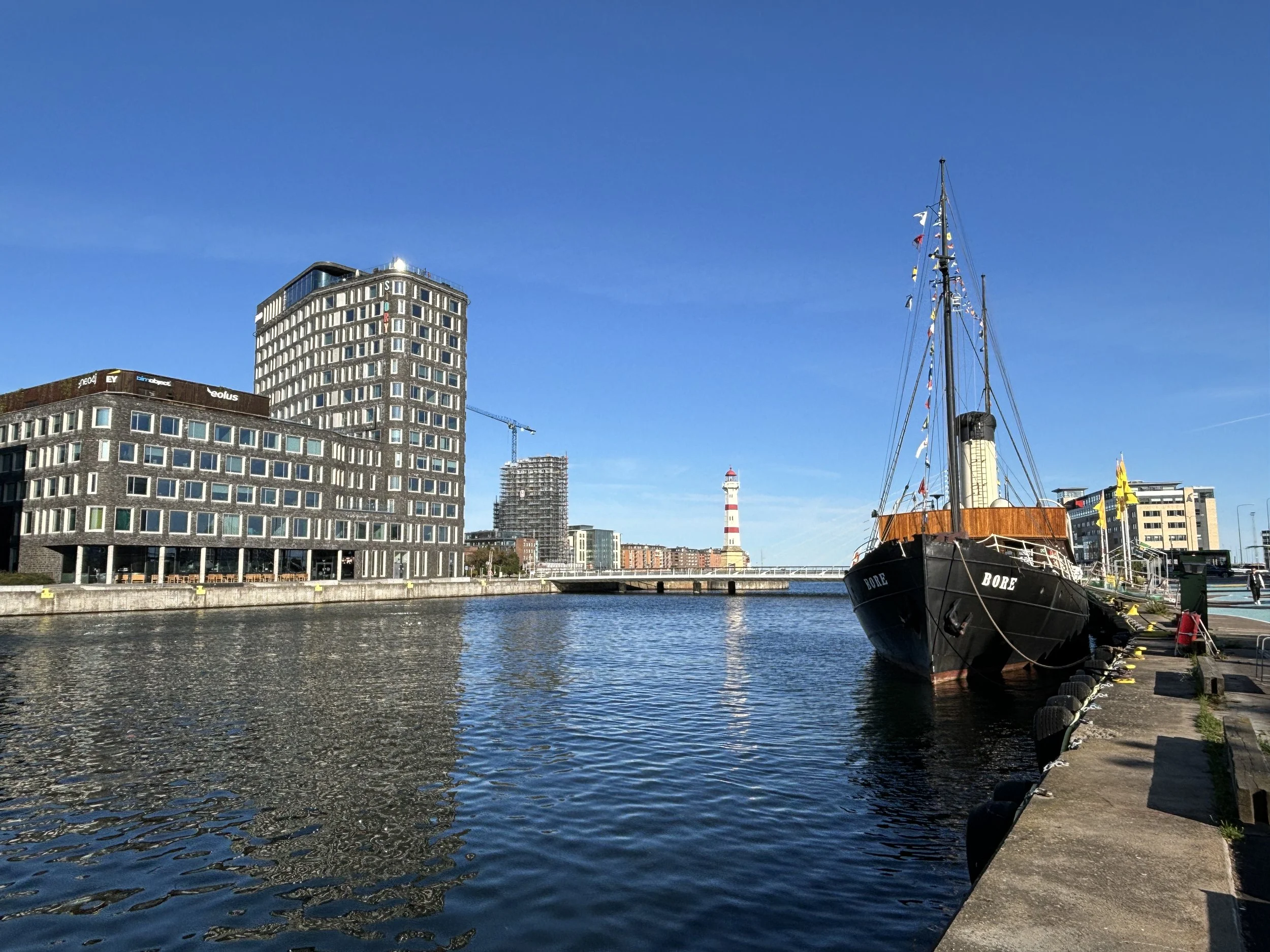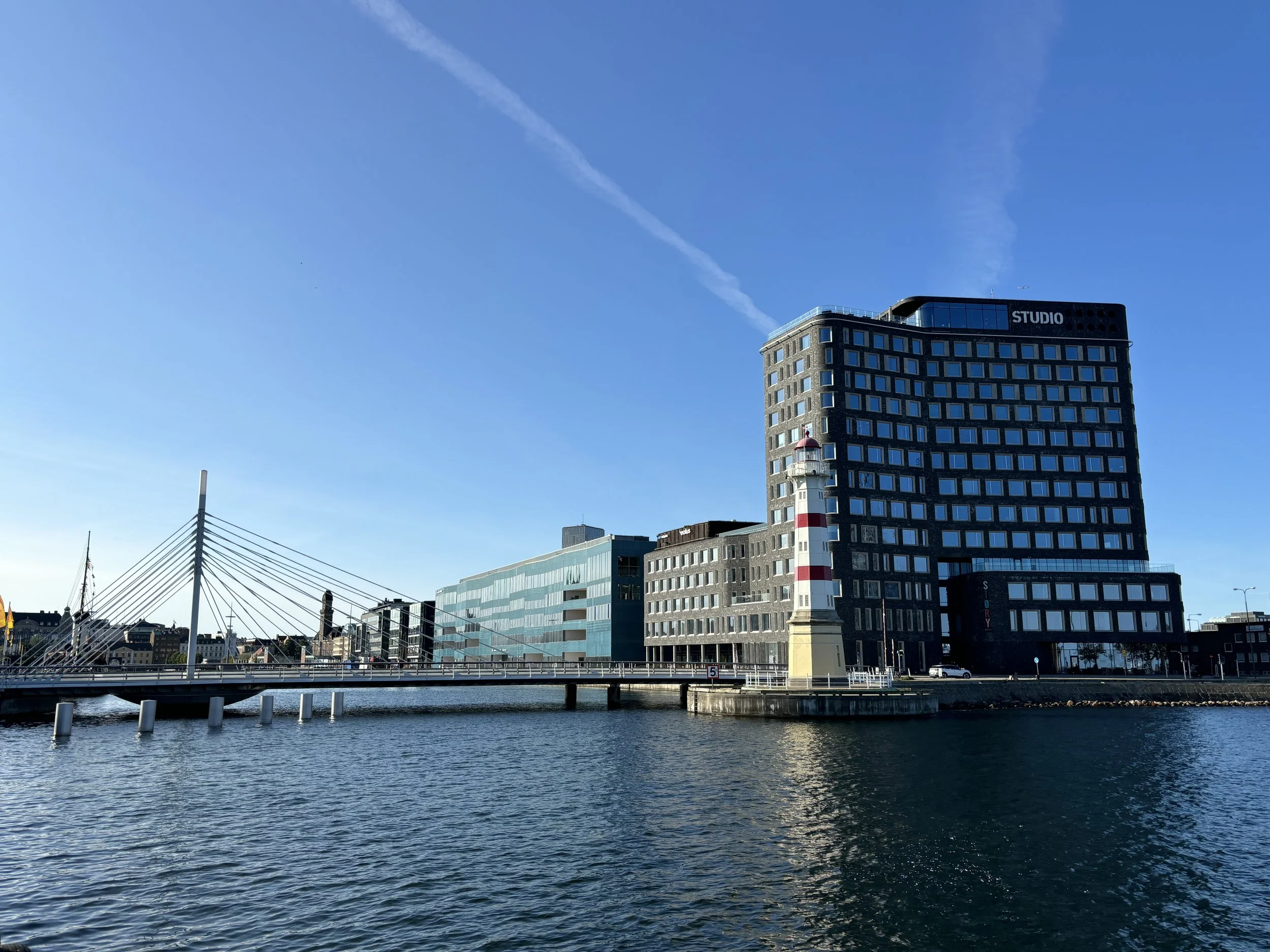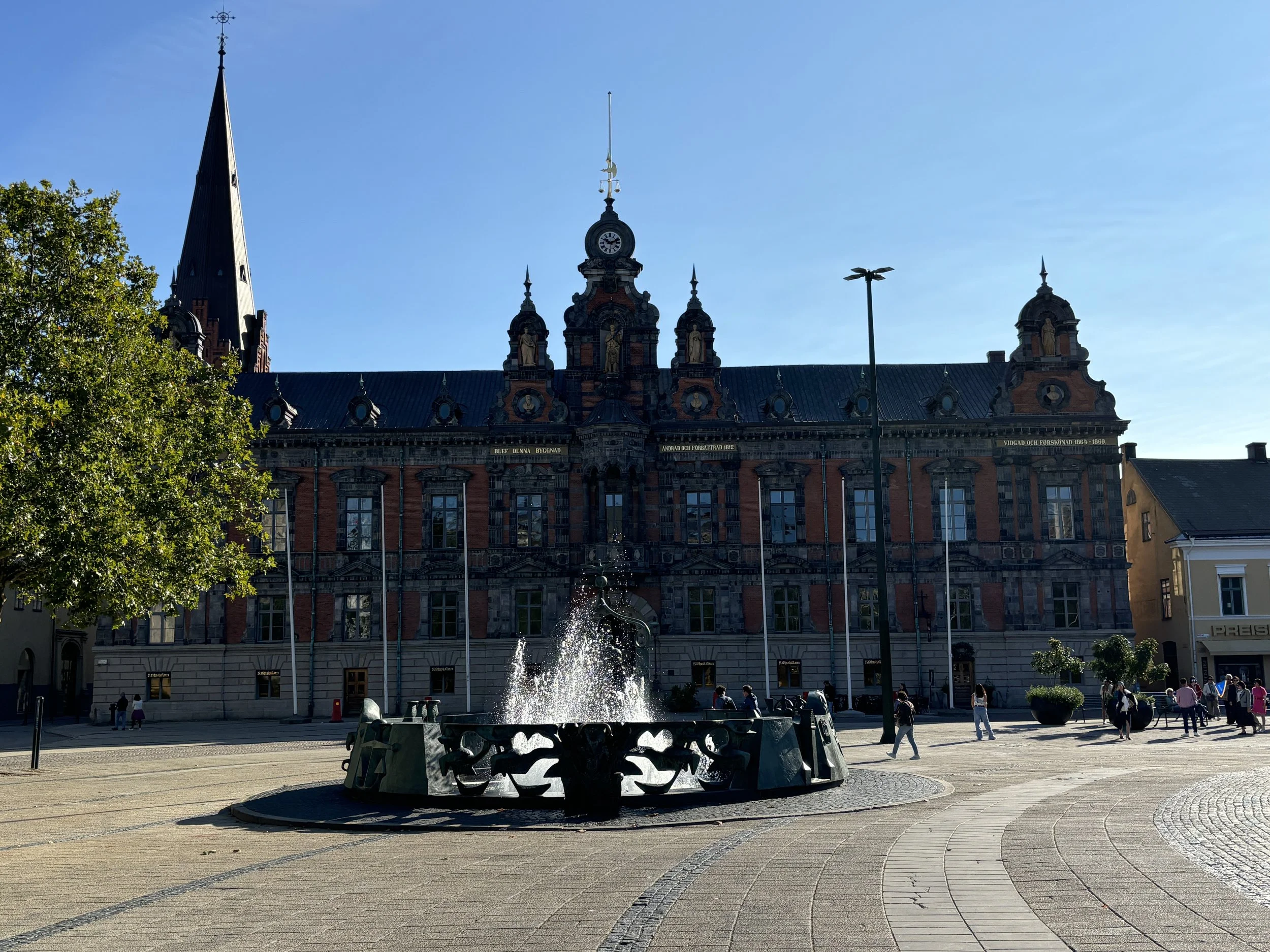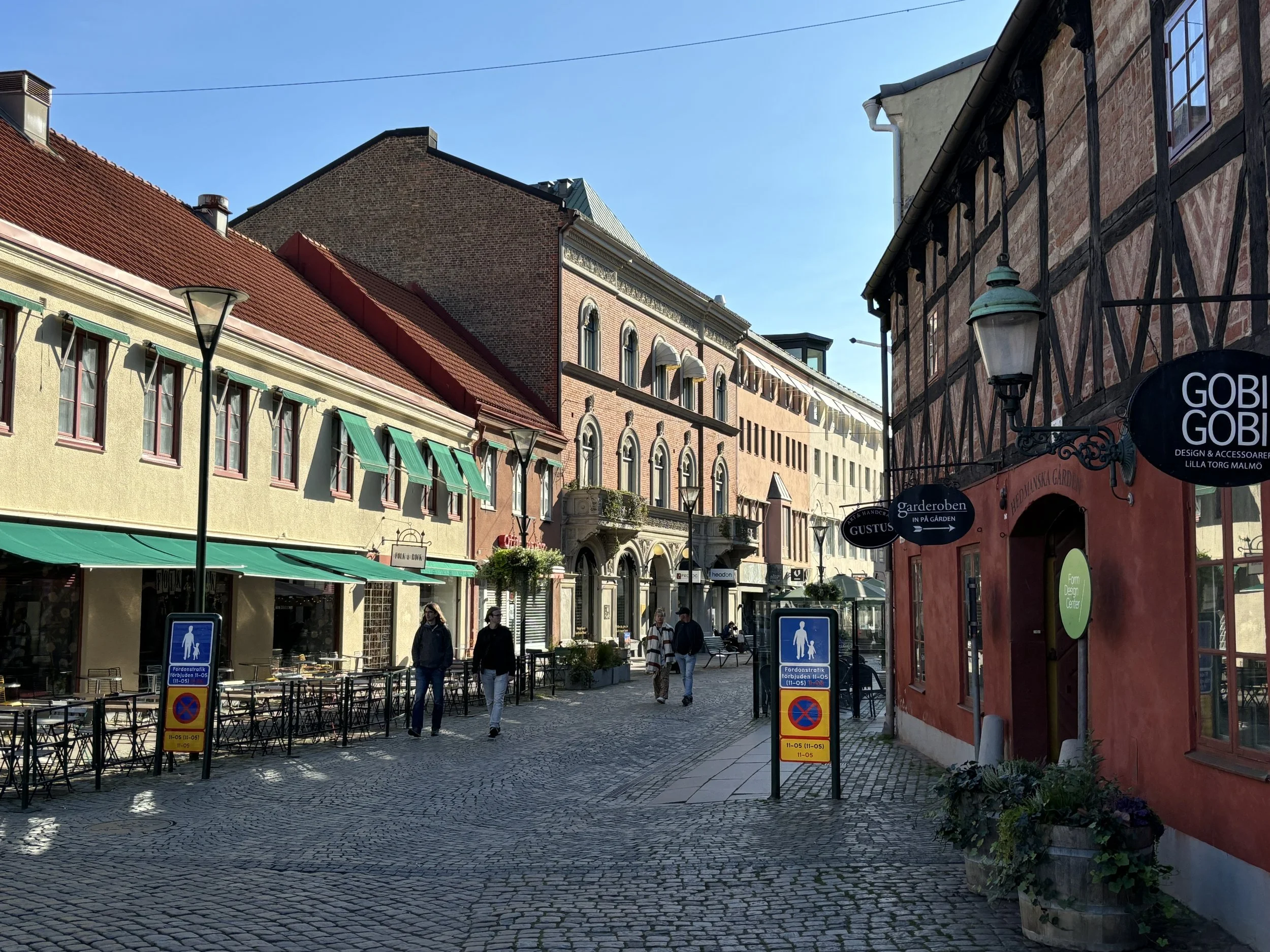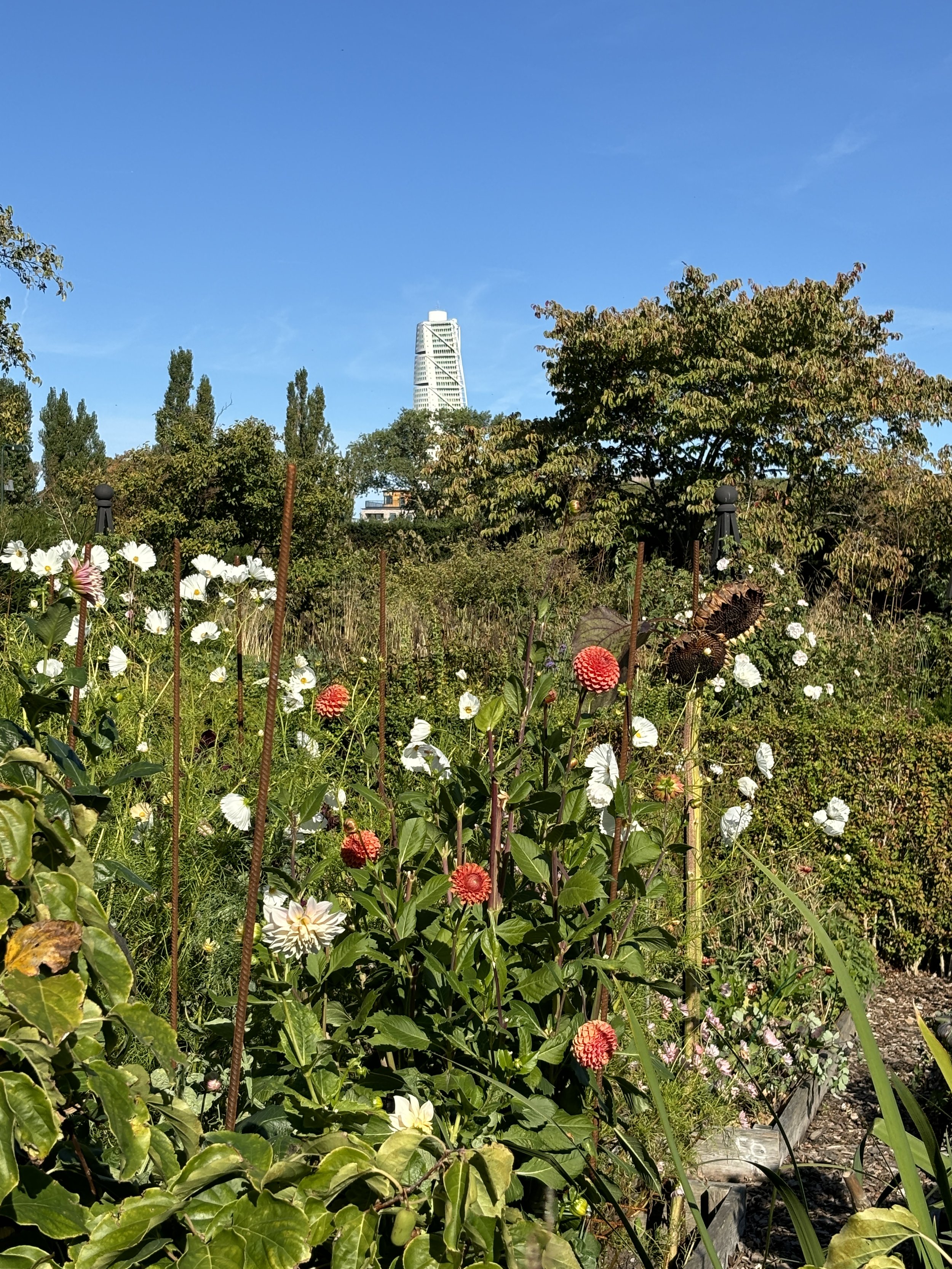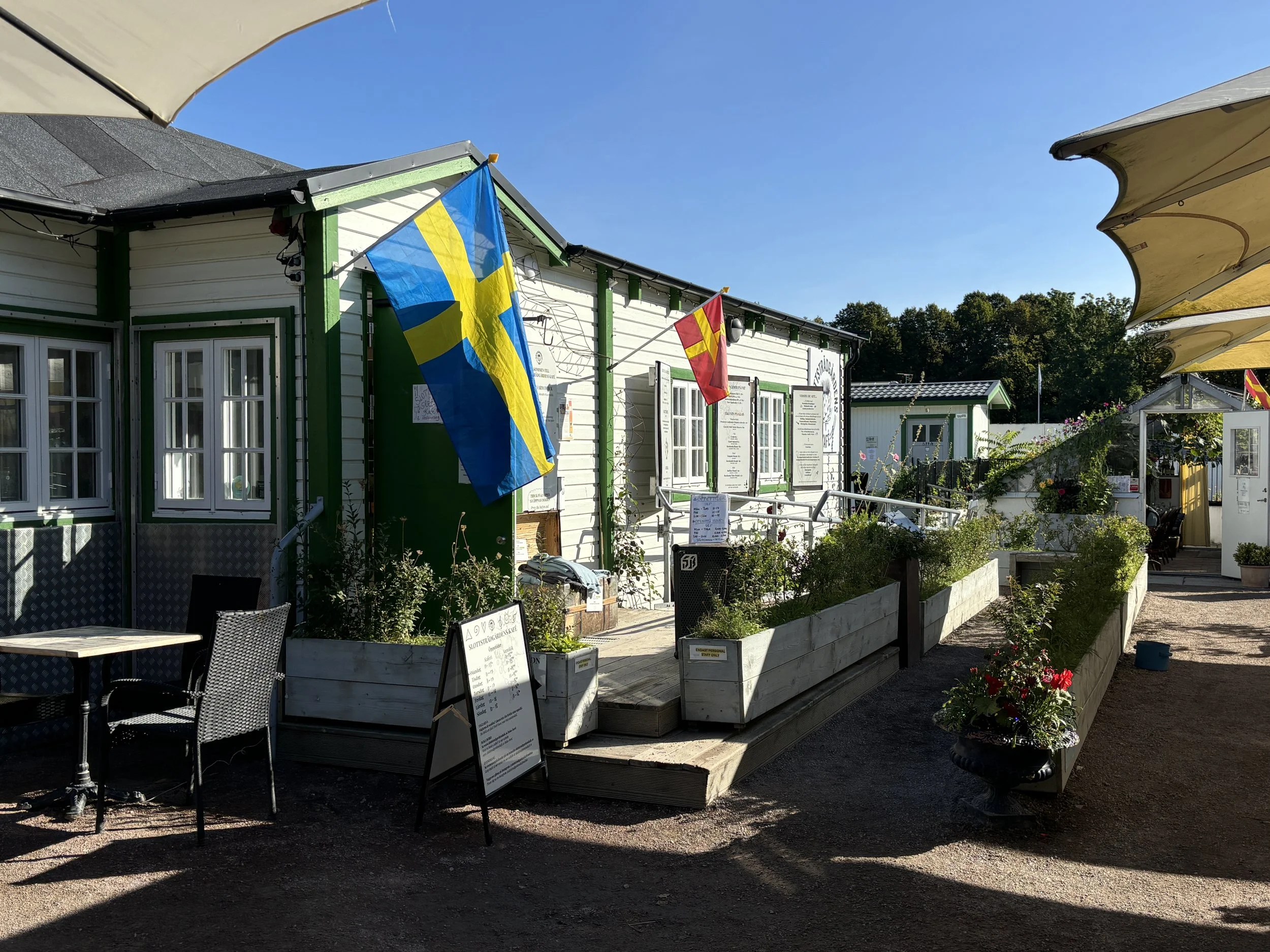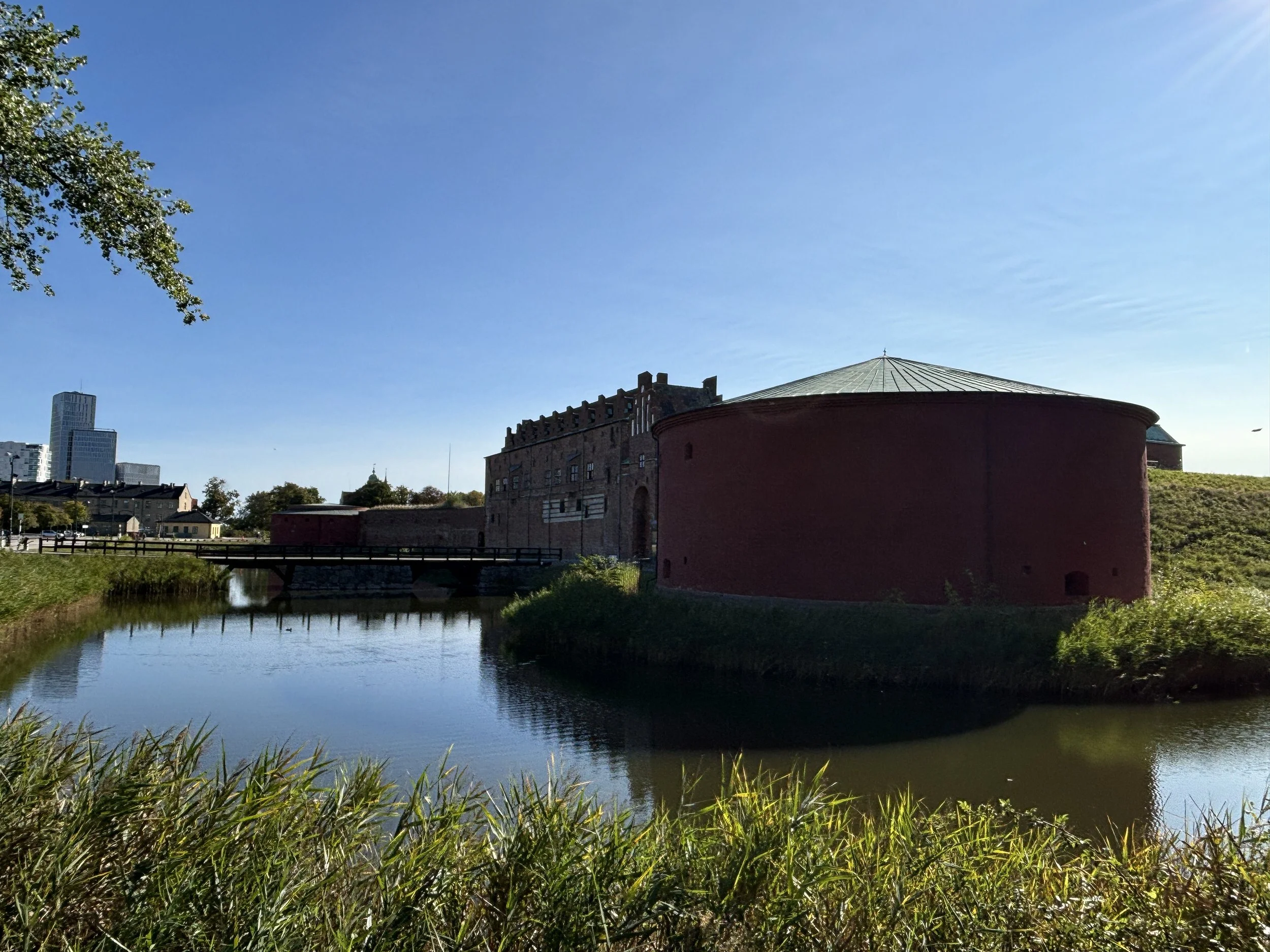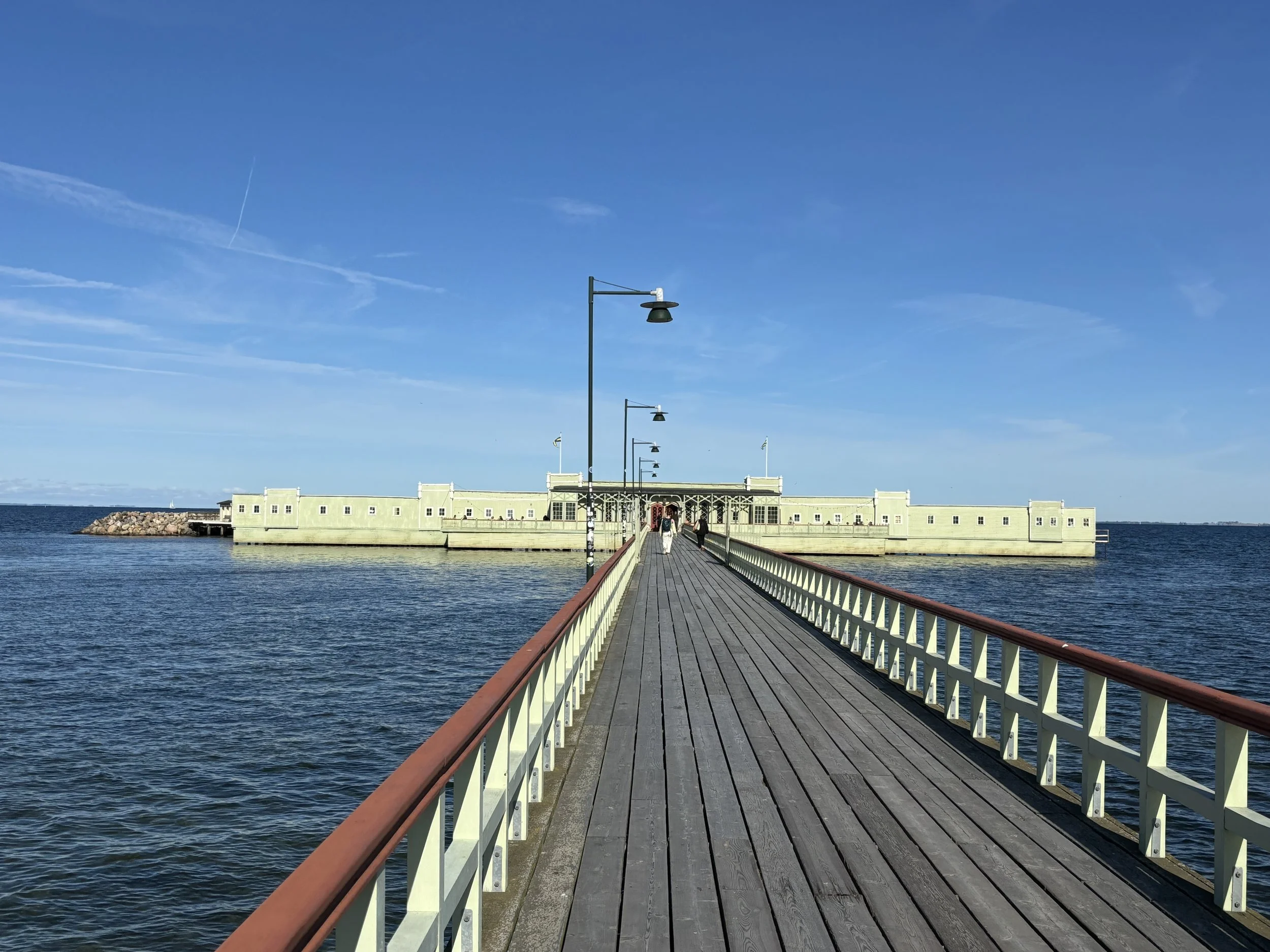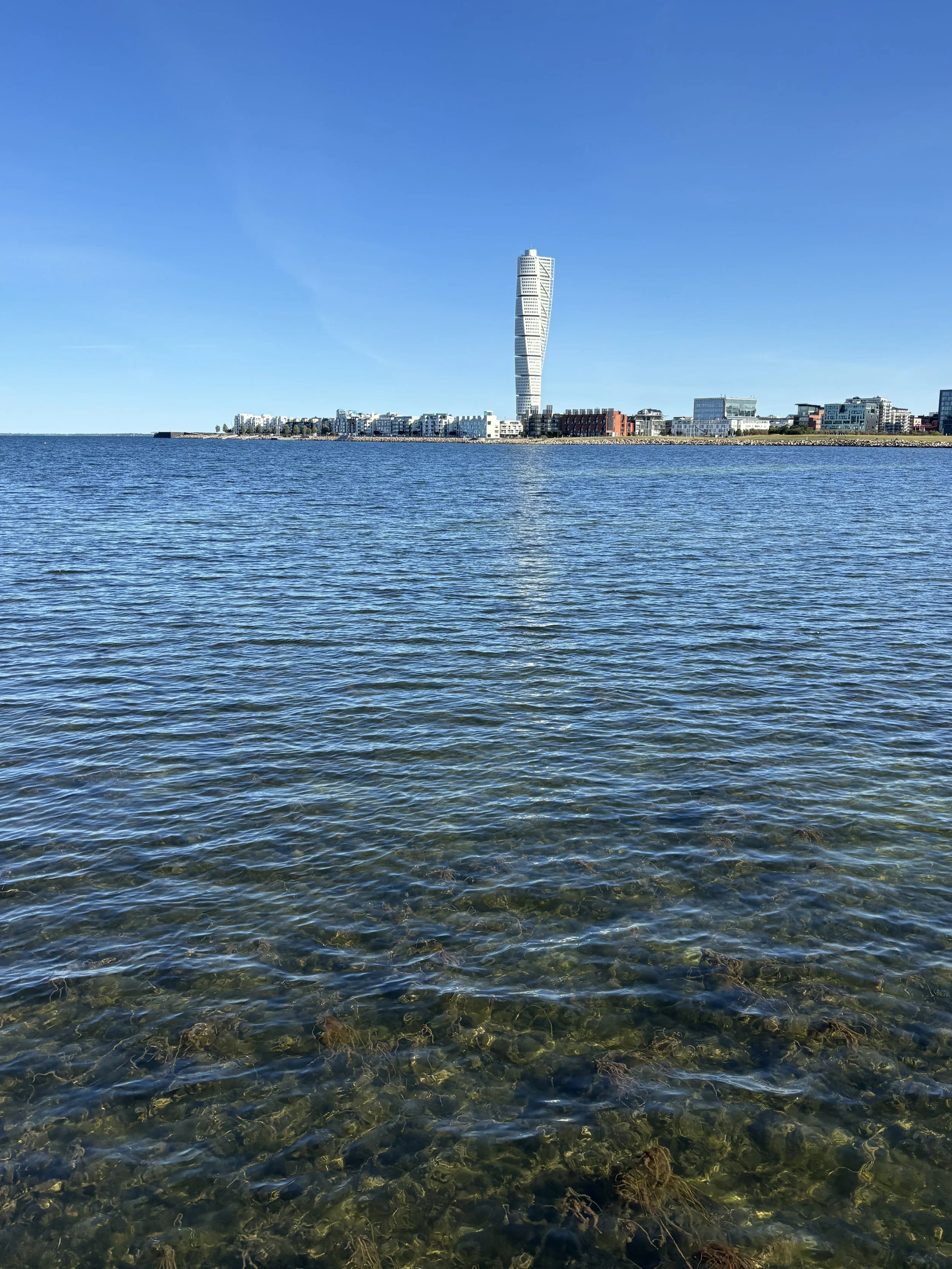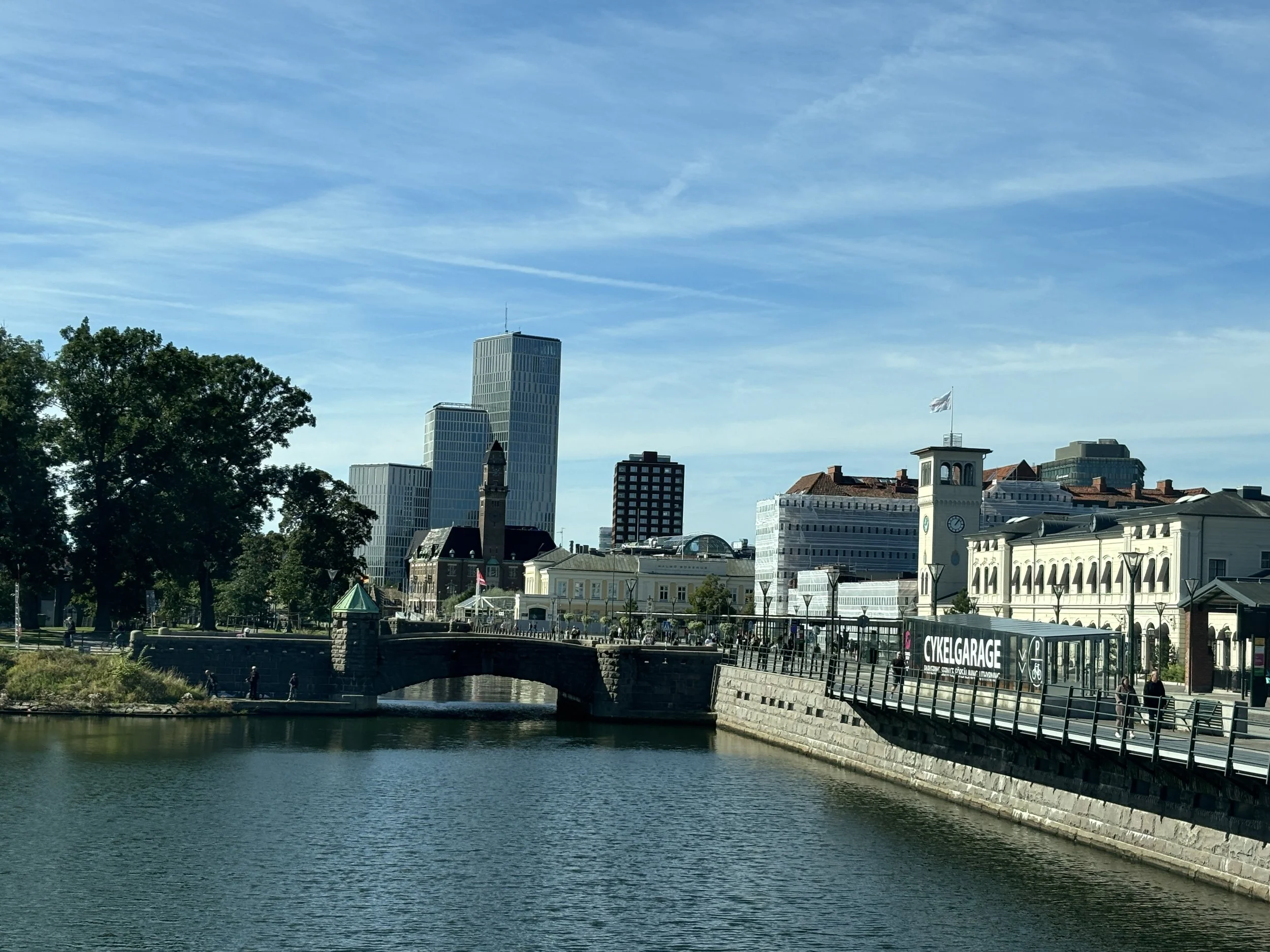A day in Malmö: what to see & what to do
The city of Malmö, near the southernmost tip of Sweden, often gets a bad rap. However, when I visited not long ago, the city of Malmö did really surprise me in a positive way.
To be clear, the purpose of this post is not to deny that some parts of Malmö have, indeed, some serious problems (according to some official polls, a majority of residents in some of the city’s districts reports feeling unsafe), however, and at risk of making this post less exciting (to some), I must say that I didn’t get this impression during my visit. It must be noted, though, that my one-day visit covered only the downtown and parts of the seaside, so it may not be representative of the city (and its suburbs) as a whole.
What follows is a summary of my impressions of Malmö and suggest a few things to do and a few places to see if you find yourself in the city with some time to spare.
Exploring downtown Malmö
Just as in the case of the recently reviewed city of Gotebörg, the historical city of Malmö is located within relatively compact stretch of land, delimited by water on all its sides.
Immediately to the north of the old town is the the central railway and bus station as well as the harbour and, as we shall soon see, some modern hotels. To the west of it is a major park, although its seems to be divided in two parts, one called “Slottsparken” and the other, as in Gotebörg, called “Kungspark”.
There is also an old citadel that acts as a nexus between the old town and the Malmö riviera, which stretches starts just west of the old town and stretches for quite some distance towards the south, all while facing the Danish capital, Copenhagen, clearly visible on the opposite side of the Oresund Strait.
Malmö’s historical downtown, centered around two major open squares, Stortörget and Lilla Torg, is not without its charms. There is no big major landmark to highlight, but, as is often the case in Scandinavian cities, the charm is in the perfectly harmonious architectural ensemble.
In the case of Malmö, its cobblestone pedestrianised streets are very nice to walk through. The whole city center can be seen in less than an hour, if you don’t stop at any of the many cafés or restaurants that dot it.
Suggested itinerary for the Malmö one-day sightseeing:
Start at the edge of the port area, opposite Malmö’s Old Lighthouse
Walk along the canal (which connects the city’s inner waterways to the port and the Oresund) and past the central station.
Cross the old town, from Stortörget on to Lilla Torg and continuing towards Slottsparken
Spend some time wandering around Slottsparken, Kungsparken and the Citadel.
Visit the seabaths (“Ribersborgs sea baths”) and get the views of the iconic “Turning Torso” building, perhaps the best known landmark in the city, and try to get a glimpse of Copenhagen in the distance
Return to the central station to get the bus to Malmö Airport
The great parks of central Malmö: Slottsparken and Kungsparken
Scandinavia is amazing when the sun shines and Malmö is no exception. Here are some views of the perfectly manicured and well kept gardens on the west side of Malmö.
The sea baths and the Oresund riviera
I would have not expected the Oresund to look like this, but it really felt like some warm-weather resort town.
A long seaside promenade lines the western limit of Malmö, which looks like a favourite place for the locals to practice all sort of outdoor sports and activities.
The most prominent feature in this part of town is the late 19th C. "Ribersborgs Kallbadhus", the open sea baths in which the locals come year round to combine sauna with cold water bathing. To be honest, at the time of my visit, any place along the riviera looked like a good spot for a dip, but I can see why this place is popular, as both sauna and cold water bathing are known to have quite a few health advantages!
The building housing the baths is actually located in the water and its access is through a long wooden pier. Even if you don’t intend to use the baths, I much recommend walking all the way through the pier for the amazing views.
This is actually one of the best spots from there to admire the “Turning Torso”.
This iconic residential building, one of the tallest in all of Scandinavia, is the work of Spanish engineer Santiago Calatrava and since 2005 has dominated the city’s skyline.
And, it is also from here that you can also get a glimpse of Copenhagen, the Danish capital, emerging, not unlike a mirage, over the horizon.
Copenahgen and Malmö have been linked since the year 2000 by a bridge and have since become, national border notwithstanding, a single metropolitan area.
Great value place to stay in central Malmö
First Hotel Jörgen Kock
Jörgen Kocksgatan 3, 211 20 Malmö
This hotel of local Scandinavian chain First Hotel is quite a good choice if you are looking for something central and not too expensive.
It is located just two minutes from the central station and barely 5 minutes from the old town of Malmö.
Downtown Malmö
Getting to an from Malmö airport
As previously mentioned, with Malmö and Copenhagen being so closely integrated, Copenhagen-Kastrup airport has become the main airport for the whole of Scania, the southernmost region of Sweden, as well.
Malmö does have its own airport, though, which is located some 20km to the southeast of the city and has mainly domestic flights to Stockholm and other Swedish cities and hosts, as well, a number of low-cost operators such as Ryanair and Wizz Air.
It is actually quite a nice airport to fly from and not crowded at all. However, the main issue is that, since it doesn’t have much traffic, public transport connections are not super frequent.
There is, however, a bus line that departs from in front the Central Station and takes you to the airport in about 30 minutes. I recommend downloading the Flygbussarna app to purchase the tickets in advance if taking this option.
